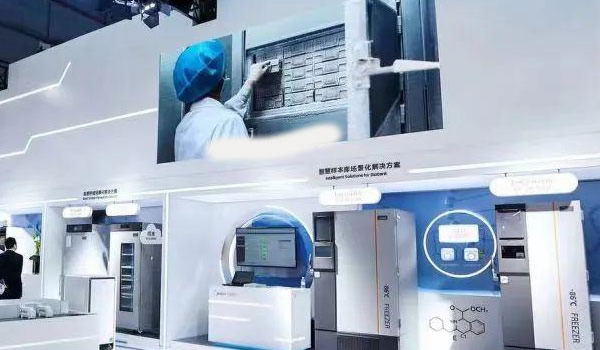Parkinson’s disease (PD) is one of the most common neurodegenerative disorders, affecting millions worldwide. With Asia’s rapidly aging population, the burden of PD is expected to double in coming decades. This article explores Parkinson’s treatments in Asia, including medications, surgical approaches, rehabilitation strategies, and future innovations, while addressing unique regional challenges.

Parkinson’s Disease in Asia: The Growing Challenge
- Global numbers: More than 10 million people worldwide live with Parkinson’s disease.
- Asia’s burden: China: Estimated 3–4 million patients, the largest PD population globally. Japan: Among the highest prevalence due to its aging society. India & Southeast Asia: Increasing cases with limited specialist care.
- Risk factors: Age, genetics, pesticide exposure, and environmental toxins.
- Impact: Tremors, rigidity, slow movement, and cognitive decline lead to disability and heavy caregiver burden.
Medication Treatments
Levodopa-Carbidopa
- Gold standard therapy; replenishes dopamine in the brain.
- Effective in early and mid-stages, but long-term use causes motor fluctuations and dyskinesia.
Dopamine Agonists
- Pramipexole, ropinirole, rotigotine patches.
- Useful in delaying levodopa initiation and managing symptoms.
MAO-B Inhibitors
- Selegiline, rasagiline, safinamide.
- Mild symptomatic relief, often combined with other drugs.
COMT Inhibitors
- Entacapone, opicapone.
- Extend the effect of levodopa therapy.
Amantadine
- Helps manage dyskinesia in advanced patients.
Regional Notes:
- Japan and South Korea have widespread access to all classes of drugs.
- India and Southeast Asia rely more heavily on levodopa due to cost constraints.
- China rapidly expanding access to newer medications through national insurance.
Surgical Treatments
Deep Brain Stimulation (DBS)
- Electrodes implanted in the brain to modulate abnormal signals.
- Reduces tremors, rigidity, and motor fluctuations.
- Widely available in Japan, China, South Korea, Singapore, and India.
- Cost remains a barrier in low-income regions.
Focused Ultrasound Therapy
- Non-invasive; uses ultrasound beams to target brain regions.
- Approved in Japan and South Korea, under trials in other Asian countries.
Lesioning Procedures
- Pallidotomy and thalamotomy used historically; still available in some low-resource settings.

Rehabilitation and Supportive Care
Physical Therapy
- Exercises to improve gait, balance, and flexibility.
- Tai chi and yoga programs widely integrated in Asia.
Speech and Occupational Therapy
- Improve communication and daily living skills.
Nutritional Support
- High-fiber diets to reduce constipation.
- Protein timing to optimize levodopa absorption.
Psychological and Social Support
- Depression and anxiety common in PD.
- Support groups expanding in Japan, Singapore, and India.
Regional Insights
- China: Largest PD population; expanding DBS programs and access to generics.
- Japan: Advanced DBS and focused ultrasound centers; strong research ecosystem.
- South Korea: Early adoption of wearable tech for PD monitoring.
- India: Affordable levodopa widely used; DBS centers limited to major cities.
- Southeast Asia: Growing cases but limited neurologist availability.
Challenges in Asia
- Late Diagnosis: Many patients misdiagnosed or untreated in rural areas.
- Limited Specialist Care: Neurologists concentrated in urban centers.
- High Cost of Surgery: DBS inaccessible to most patients outside wealthy countries.
- Caregiver Burden: Families often primary caregivers, with little external support.
Future of Parkinson’s Care in Asia
- AI and Wearables: Smart devices to track tremors and gait.
- Gene Therapy: Early trials in Japan and China targeting dopamine production.
- Stem Cell Therapy: Research into dopaminergic neuron regeneration.
- Telemedicine: Expanding access to rural populations.
- Community-Based Care Models: Integration of PD care into primary health systems.

Conclusion
Parkinson’s disease is a growing public health challenge in Asia, with millions of patients requiring lifelong treatment. While levodopa and dopamine agonists remain the mainstay, deep brain stimulation and emerging biologics are expanding options.
The future lies in early diagnosis, affordable access to advanced therapies, and innovative digital tools, alongside community-based support to reduce caregiver burden and improve quality of life.